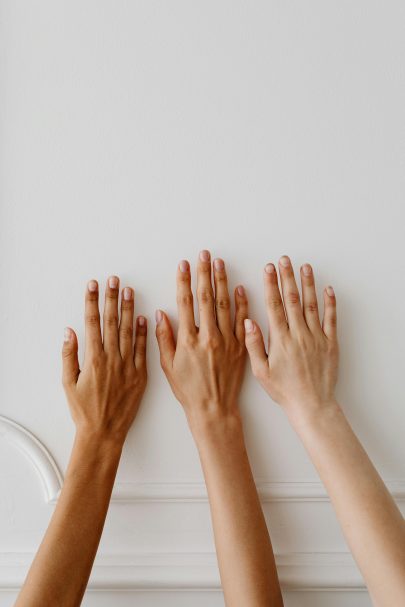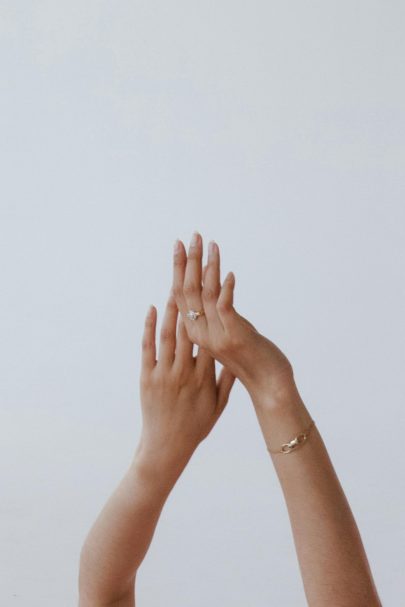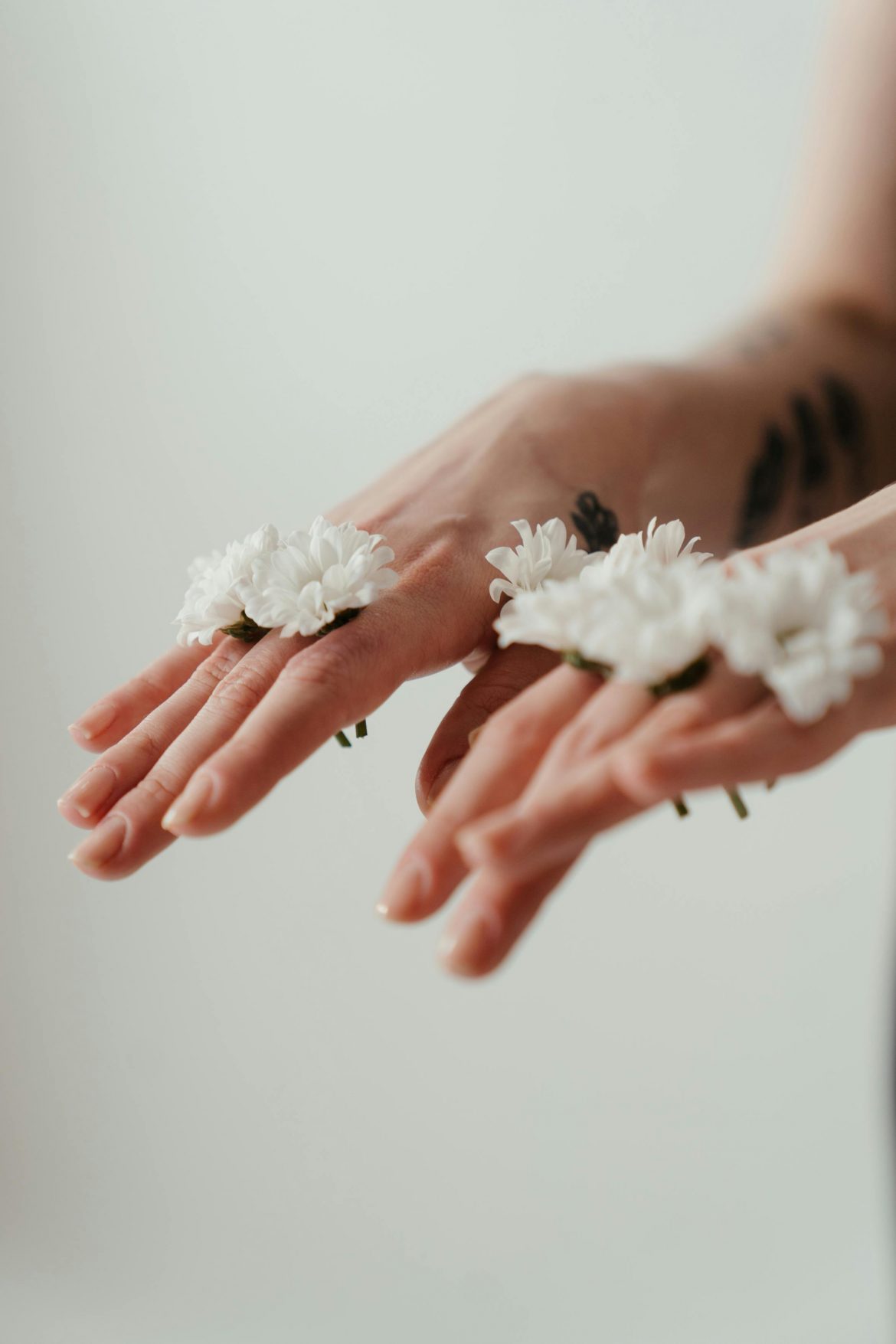Nails do more than finish a manicure. Their natural colour and surface can hint at what is going on inside the body. While polish is fun, it also hides useful clues, so take a regular look at your nails bare. What follows explains common colour changes, what they can mean, and when to speak to a professional. It is guidance, not diagnosis, and if something looks new, worsening or different to your other nails, book a check with your GP or a dermatologist.
ALSO SEE: ADHD or anxiety? How to tell the difference and reset your focus

How to check nails properly
- Remove all polish and press-ons, then wash and dry your hands.
- Use natural light. Look at every nail on hands and feet.
- Note the nail plate colour, the half-moon at the base, the surrounding skin and the cuticles.
- Compare sides. A change that appears on one nail only can be more significant than a uniform change on all nails.
Colour changes and what they can mean
Very pale or washed-out nails
This can occur after illness or in people with lighter skin tones, but it may also point to low haemoglobin or iron deficiency. If nails are persistently pale and you feel tired, short of breath or light-headed, ask your GP about a blood test.
Black or very dark brown lines
A single vertical dark streak can be a benign mole in the nail matrix, especially in darker skin tones. If a line is new, changing, widening, irregular, or the surrounding skin becomes darker, seek an urgent dermatology review to rule out nail melanoma. Any dark streak after trauma that does not grow out deserves a check.

Pexels
Yellow to green discolouration
A yellow tinge may follow long-term polish use or acrylics, but can also be linked with fungal nail infection, which often appears thicker and crumbly. A green hue can occur with certain bacteria after repeated wet work. If colour persists after a few weeks of polish-free care, or nails are thick, distorted or tender, see a clinician for proper diagnosis and treatment.
Blue or slate coloured nails
A bluish cast can reflect low oxygen in the blood or poor circulation, especially if lips or fingers also look blue and feel cold. This needs prompt medical assessment, particularly if it is new.
Red or purple patches under the nail
Small splinter-like lines or patches often follow minor knocks and usually grow out. If you do not recall trauma, or patches appear repeatedly, speak to your GP, as they can rarely relate to other conditions.
Brown staining around the nail folds
This may be nicotine staining or pigment transfer from hair dye or spices. If the pigment seems to start under the cuticle or travels onto the nearby skin without an obvious external cause, book a review.
When to seek help quickly
- A new or changing dark streak on a single nail
- Painful swelling, redness or pus around the nail
- Sudden blue or very pale nails with breathlessness, chest pain or dizziness
- Rapid thickening, distortion or crumbling of one nail without a clear cause
Every day reasons your nail colour shifts
Polish and gel residue, self-tan, hair dye, turmeric and beetroot can stain the nail plate. Frequent water exposure and cleaning agents can roughen the surface and dull the colour. Long wear enhancements may block air and light, leaving nails yellowed when removed. Give nails regular polish breaks and wear gloves for wet work to reduce these effects.
Simple habits that support healthier-looking nails
- Eat a balanced diet with sufficient protein, iron, zinc and B vitamins.
- Keep nails short and file gently to prevent catches and trauma.
- Moisturise hands and massage cuticle oil to support the nail barrier.
- Rotate out gel and acrylic services with recovery weeks to allow the plate to rehydrate.
- Dry hands well after washing and wear gloves for dishwashing and salon cleaning.
Myths worth dropping
- “Yellow nails always mean fungus.” Not always. Stain, smoke and products can cause it too. A lab test confirms fungal infection.
- “Supplements fix nail colour fast.” If a deficiency exists, targeted treatment helps, but nails grow slowly. Expect changes to show as the nail grows out.
- “All dark lines are dangerous.” Many are benign, especially in darker skin, but change over time is the key warning sign.
Nail colour is useful, not gospel. Persistent, new or evolving changes deserve a professional look, particularly a single dark streak, blue nails or painful inflammation. Build good daily care, keep an eye on your bare nails, and let a clinician investigate anything that does not look right.
ALSO SEE:
Featured Image: Pexels

